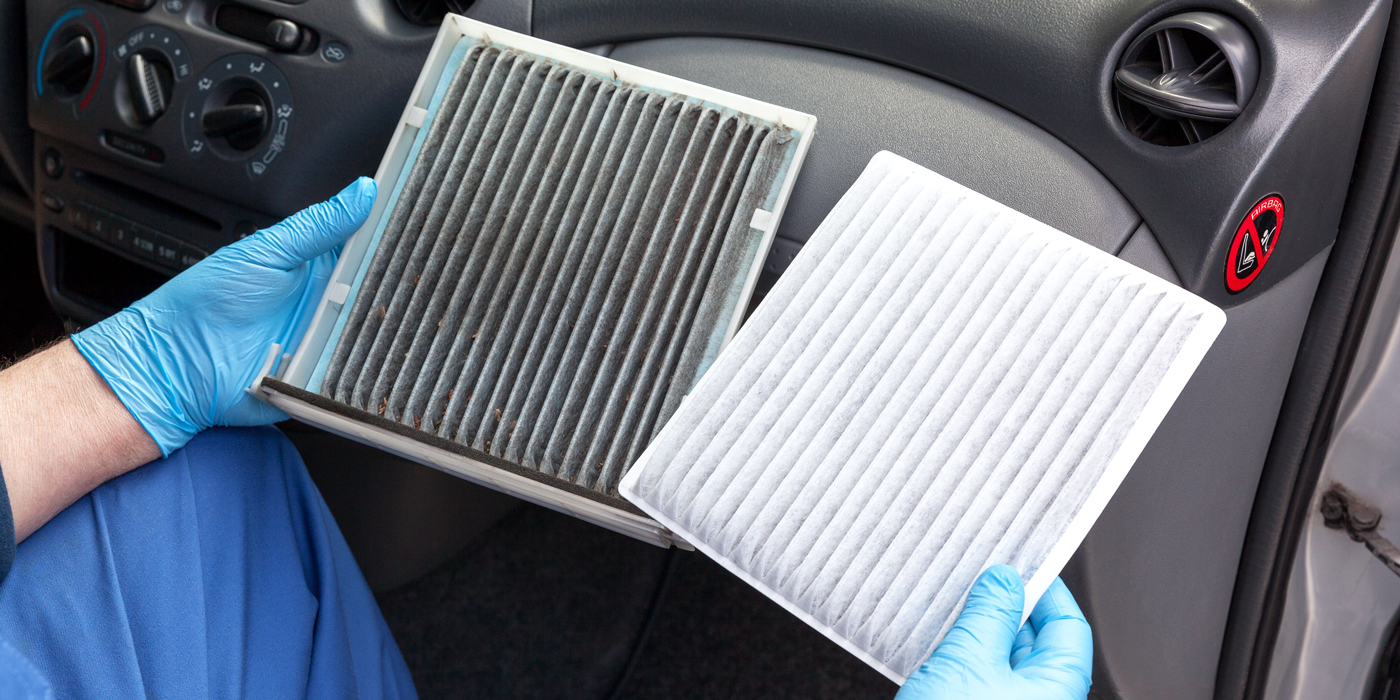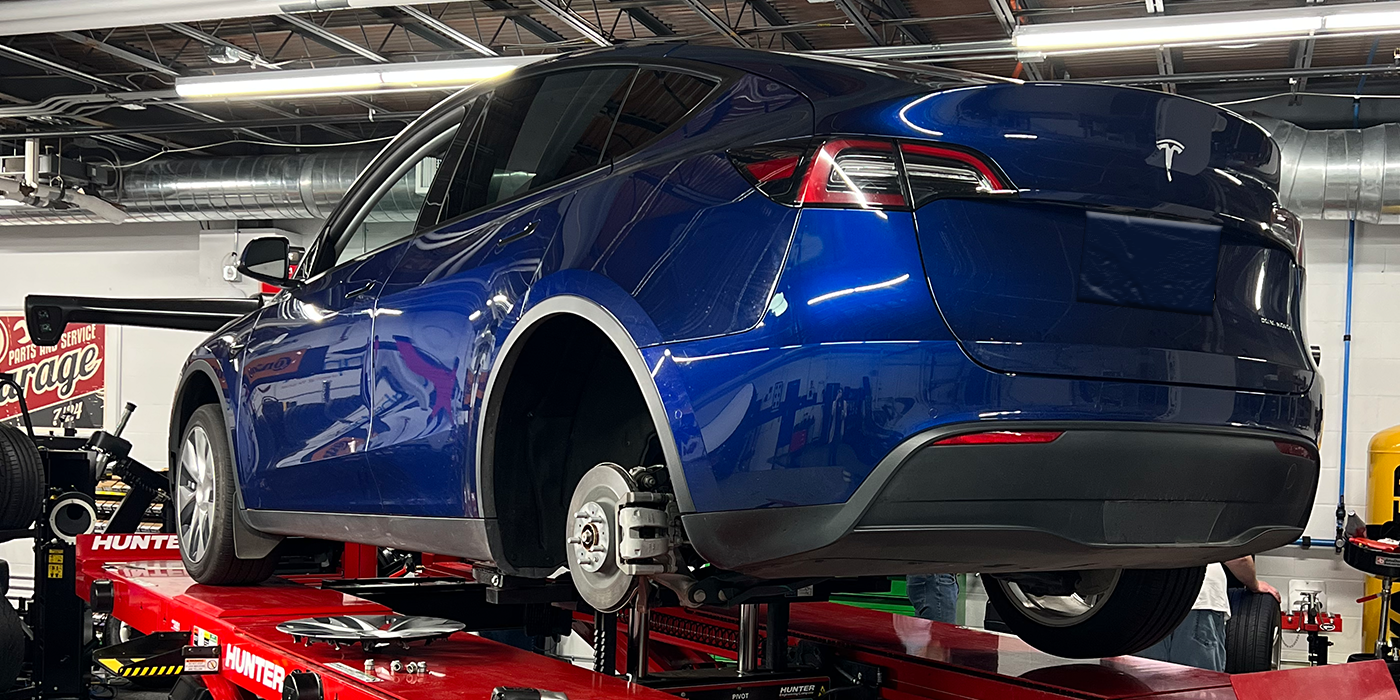"So what’s it gonna be, Beanie?"
Our young apprentice stared at the open box of chocolates. "Gee, I don’t know, Toon. I made this New Year’s resolution and…"
Tooner sadistically waved the box under Beanie’s nose. “…and what? The girlfriend thinks you’re getting fat? C’mon; everybody knows New Year’s resolutions are made to be broken.”
“Hang in there, Beanie,” advised Basil. “Resistance is good for you; it’s the mortar that strengthens the foundation of the soul.”
Beanie frowned. “Could I have that in English?”
Basil sighed. “It builds character. However…” – he leaned forward and reached for the box – “my tower of character has reached its zenith, so I’ll gladly try one of these.”
I felt sorry for The Bean as we polished off the first layer, but it’s his own fault; in my book, you should never make a promise you can’t keep.
As Basil licked his fingers clean, I handed him a set of keys. “Now that you’re sufficiently re-energized, check out this 1997 Acura with a rough-running 3.0 liter engine.” I glanced at the repair order Quigley had printed out. “Let’s see…’idles a little rough but really runs like crap anytime you’re off idle.’” I handed him the order. “Misfiring, backfiring, surging…it’s all yours, big guy.”
Basil dabbed his mouth with a napkin. “Leave it to me, Slim. We’ll have an answer for you shortly.”
“What’s with the ‘We’?” asked Tooner, scratching his head.
Beanie sighed. “I think he meant him and all those chocolates he ate.” He shook his head. “I should never have made that promise.”
I went to check up on Basil’s progress later and found him at the shop computer, perusing diagnostic flow charts. In answer to my query he pointed to the note pad on the counter. “We’ve got a diagnostic code of P1297, which refers to problems with the ELD, or Electronic Load Detector.”
“An ELD? I’ve never heard of it.”
Basil shrugged. “It’s basically a small amp meter located in the underhood fuse box that helps the ECM monitor electrical load, allowing it to turn off the alternator when not needed in order to reduce the mechanical load on the engine. I believe the goal is to increase power and conserve fuel, but I can’t see how it could affect the ignition side of things.”
“So you think we have an ignition problem?”
“It would appear so.” He referred to his checklist. “The fuel pressure is within spec, the mixtures are good, and secondary voltage is over 30K.” Basil’s testing of the crank and cam sensors showed a good solid pattern. as well. “However, on the oscilloscope the ignition pattern looks very choppy, and although the signal to the ignition module is steady, the output signal from the ignitor to the coil is erratic.” He sighed. “I’m thinking we have a bad ignition module, but I can’t be certain.”
I frowned. Usually Basil is more definite with his diagnostics. “How about phoning your buddies down at the Honda dealership and see what they think. I’d hate to throw on parts we don’t really need.”
Basil took my advice, but when he hung up the phone he didn’t look hopeful. “Not much help there,” he mused. “They say it does sound like a module, but recommended a few other things, as well.” He counted off the suggestions on his fingers. “The ECU needs to know alternator load, so replace the ELD first; look for a blown ELD fuse; check for bad diodes in the alternator; look for a bad distributor cap or oil inside the distributor. They even suggested it could be a bad ECU.”
This didn’t sound good. “So what are you going to do?”
Basil grimly pulled his cap down tighter on his head. “I’m going to dig deeper, that’s what.” He gathered up some pin-out charts, grabbed his hand-held meter and headed for the car. “Cover me,” he said. “I’m going in.”
We figured it best to leave The Great One undisturbed, so we were half-way through lunch before he finally staggered into the room. “At last!” he groaned, easing himself down into his favorite chair. “The whole problem turns out to be bad grounds at the ECU. I had up to 2.6 volts at the ground pins – that’s a lot of resistance!”
“Did you find the cause?” asked Tooner.
“Yes!” Basil declared hotly. “The computer ground wires attach to the transaxle, but somebody forgot to reinstall them after a previous repair!”
“Ah,” piped up Quigley. “That reminds me. The customer did mention that the car had received extensive body shop repairs earlier this year, and that the rough running problem started soon after.”
Basil scowled. “Now you tell me!”
Beanie laughed out loud. “Hey Basil, remember what you said this morning, that resistance is good for you and that it builds character? Well, from where I’m sitting, that’s a bunch of hogwash.” He opened the box of chocolates and popped one into his mouth.
We stared at him. “What are you doing? What about your New Year’s Resolution?”
Beanie grinned. “I’m making a new one. From now on, I’m avoiding the paths of high resistance – life runs better that way!”
Rick Cogbill, a freelance writer and former shop owner in Summerland, B.C., has written The Car Side for a variety of trade magazines for the past 14 years. “A Fine Day for a Drive,” his first book based on the characters from this column, is now available for order at thecarside.com.













